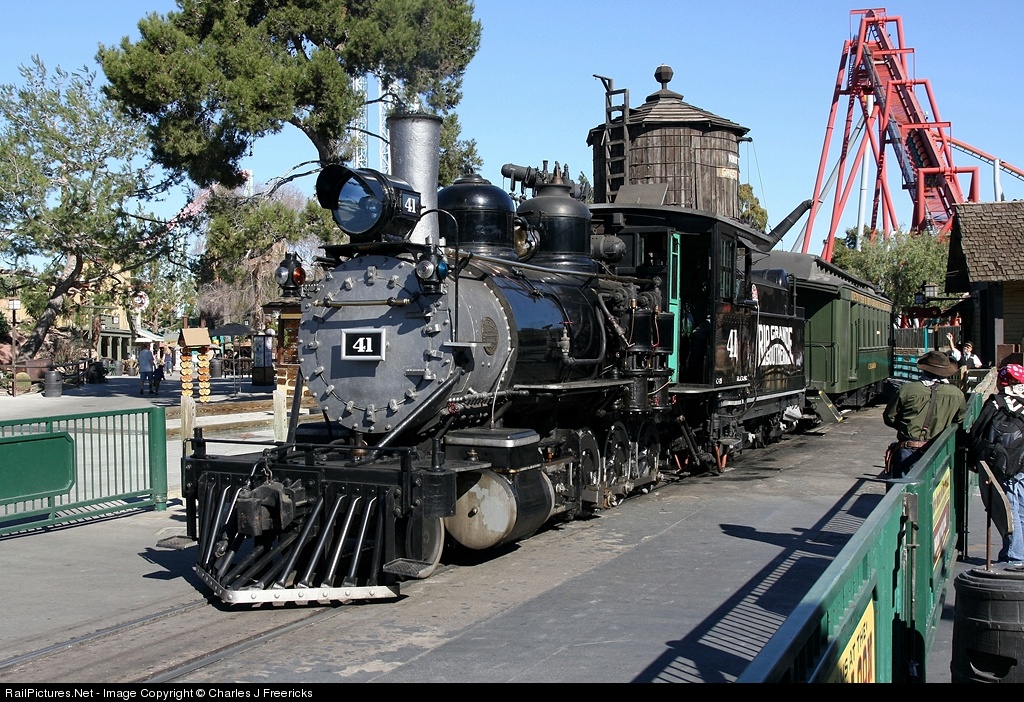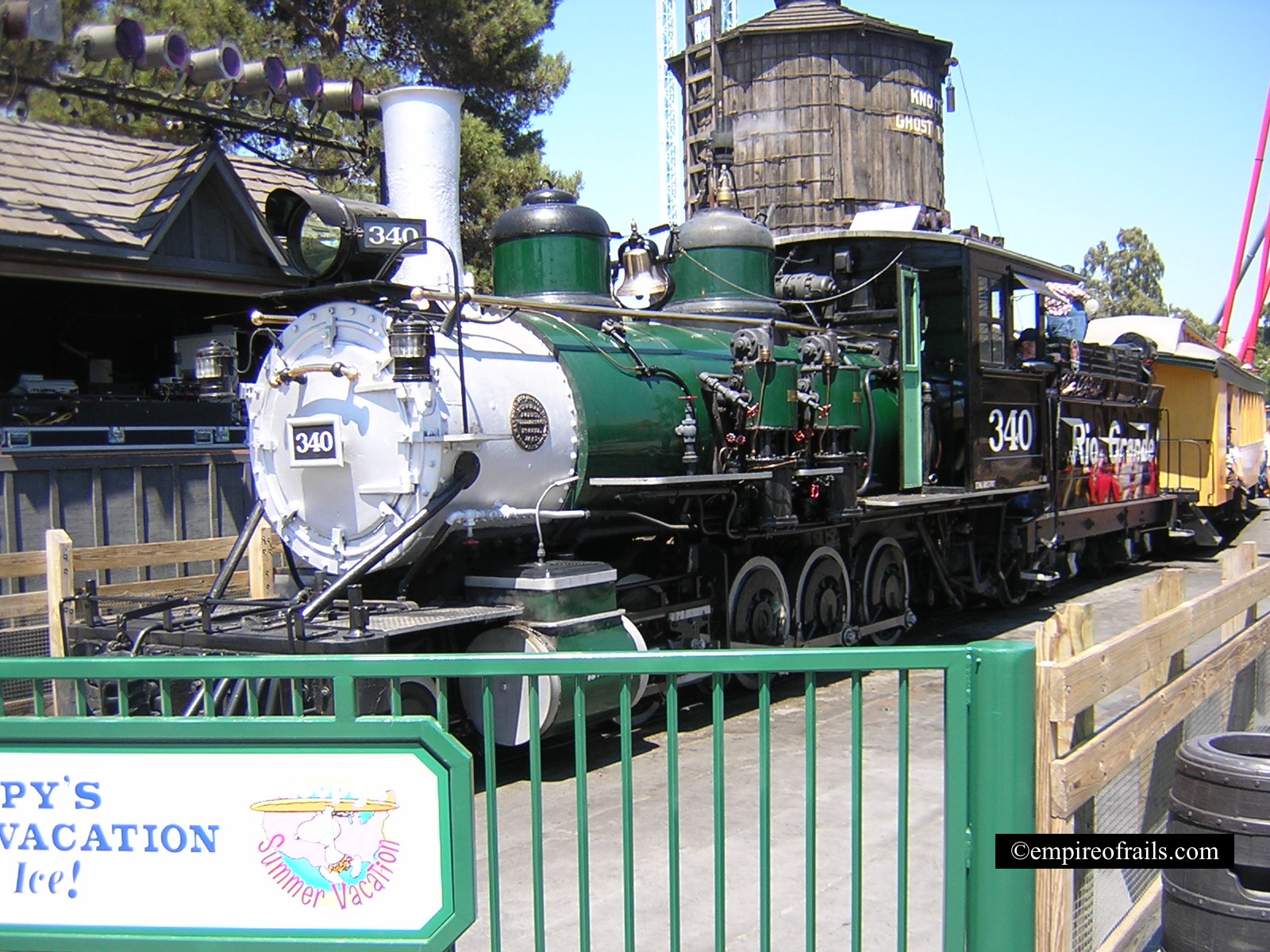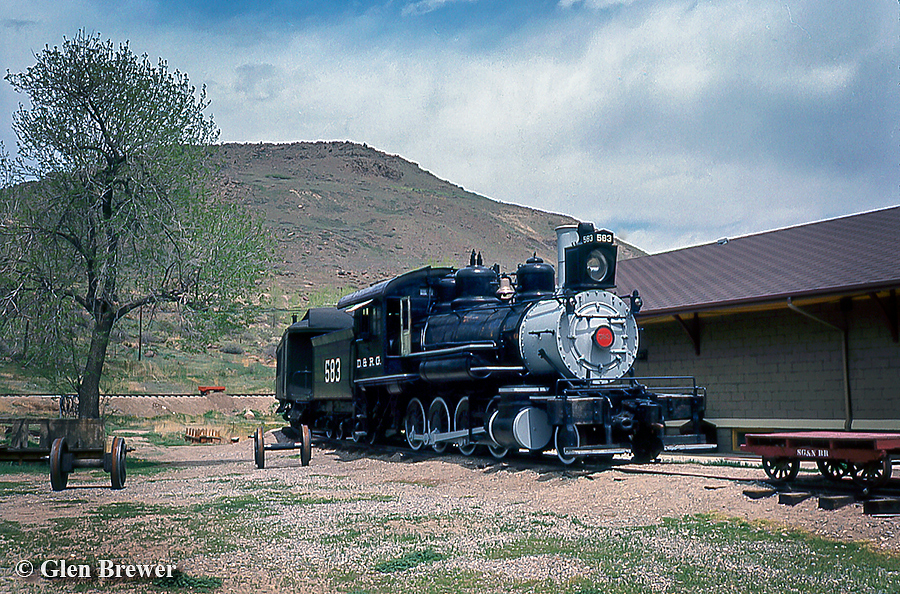In reply to Pete Gossett (Forum Supporter) :
It probably would have been the same result, with a bit less heartache in between. You still would have needed something to do about Reading, Lehigh & Hudson River, Erie-Lackawanna, CNJ, New Haven, and D&H. Lehigh Valley was basically a division of the PRR at that point, they owned something like 85% of LV, and it was planned to be incorporated into the N&W merger. Lehigh & Hudson River probably would have just been full-on abandoned, since it was barely holding on before the Penn Central merger and the Poughkeepsie Bridge burning, and is almost entirely abandoned today. New Haven should have been let wither and die, since it really was in incredibly poor shape and is largely abandoned today, and just let MBTA and other transit authorities be formed earlier using NH trackage. Same with CNJ, leave bits and pieces for transit and dump the rest. Reading would have probably been sold off to Chessie Systems, since Chessie was making overtures of acquiring the Reading into it and was investing into it before the government rolled it up into Conrail.
Erie-Lackawanna and D&H are the interesting ones. Erie and DL&W saw what was coming in the early '50s and started consolidating back then, when Erie passenger trains shifted from its Jersey City terminal to DL&W's Hoboken terminal and DL&W started using Erie's main line between Johnson City, NY and Corning, NY, a distance of about 75 miles. The incredibly profitable D&H was also supposed to be included in the E-L merger, since DL&W and Erie both used the as a bridge route into New England and lower Canada, which would make it all be done under one roof. The D&H, the rich kid in a poor neighborhood, bailed on the merger though, seeing the DL&W and Erie's finances. Pretty short-sighted, because while the D&H was a moneymaker then, but as businesses migrated out of New England, it eroded the D&H's customer base and left the D&H all alone. Shortly after the October 17, 1960 EL merger, DL&W's Corning - Buffalo mainline was downgraded from main line status in favor of Erie's largely parallel line between Hornell and Buffalo (they couldn't abandon the DL&W line because there were on-line customers). DL&W's considerable Scranton area traffic base also gaineda direct single RR route to Chicago.
The E-L was originally burdened with crushing debt, poor management and massive commuter obligations in the New Jersey area that bled cash. But as the '60s progressed, it began to turn things around. It was placed under the ownership of Dereco, which was a N&W formed company, operating both the E-L and the D&H, essentially making the Erie-DL&W-D&H merger a reality. New Jersey began picking up the bill on the commuter operations, eventually taking things over entirely, and the E-L carved out a healthy niche running non-stop high-speed Trailer-On-Flat-Car trains. The E-L was showing a profit at the beginning of the '70s and was showing an operating ratio (percentage of income spent on overhead) of 79% which was acceptable for the era. The government was looking at leaving the E-L out of Conrail, since it seemed to be coming back around and they had to leave one railroad out of Conrail to not create a monopoly, and incorporating the D&H in instead. ATSF was even looking at purchasing the E-L which would give it a coast-to-coast reach through a connection at Chicago.
And then along came Hurricane Agnes, which flattened most of the North East and the E-L in particular. The N&W asked the government if it could dump the E-L and D&H and was given permission, and so they were cast adrift. The E-L ended up in worse shape, and so it was rolled up into Conrail, while D&H was given trackage rights over Conrail that nearly doubled itse length overnight and was given permission to raid the cookie jar for new locomotives.
So, a summary of what might have worked better:
NYC: merge with B&O and C&O to form Chessie Systems
PRR: merge with N&W/Wabash/NKP
Reading: bought by Chessie Systems
Lehigh Valley: merged into N&W as a subsidiary of PRR
L&HR: abandoned
New Haven: portions saved for transit, the rest abandoned.
CNJ: portions saved for transit, the rest abandoned.
Erie-Lackawanna: left standalone, provided Hurricane Agnes never showed up and the ATSF merger neer materialized. Without deep pockets, it eventually would have collapsed though, and probably been split between Chessie and N&W. The N&W would have looked to use the NKP to Buffalo and west of Hornell would have been dropped, Chessie would have wanted from Sterling, OH east. The condition of the EL main go much worse west of Marion and using the B&O line solved this problem. From Sterling to Akron, all trains would be moved to the EL and this would allow the B&O to get off of the PC track-age rights. At Akron, the Baltimore trains would have gone east on the B&O and the New York/New England trains would have used the EL.
D&H: merged with E-L as intended, or held onto by N&W. If N&W had kept D&H, it would have held onto a link into New England and avoided the whole jerry-rigged Pan Am Southern deal. D&H also would have been spared the indignity of Guildford Systems.
Time also mentioned a proposed merger in 1958, as a response to the beginning of the Penn Central merger (remember, it started in '58, was announced in '63, and finalized in '68) that would have put seven railroads together as a response: Erie, Baltimore & Ohio, Chesapeake & Ohio, Reading, Delaware & Hudson, Nickel Plate, and the Delaware, Lackawanna & Western. It was Delaware & Hudson President William White who called all of the presidents together to meet at Cleveland, and the D&H, Erie and DL&W were already deep in talks of their merger. The Reading was included because the B&O owned a huge share of the RDG, and the NKP was there because the DL&W owned a huge share of the NKP.
Also interesting is that the same article includes this bit: "Last week another merger was well past the talk stage. The Norfolk & Western and the Virginian Railway, which share the profitable soft-coal Pocahontas region with the Chesapeake & Ohio, announced that they had started studies for a merger that would add "strength to strength." Both lines are efficient operators but could profit by merging. Their merger would create a new system having 2,695 miles of main track in the South and combined assets of more than $900 million." So the C&O was really hedging their bets, looking at two separate mergers at the time. Pretty shocking that the C&O was even considering merging with the N&W, which was it's chief competitor.










 \
\


































































